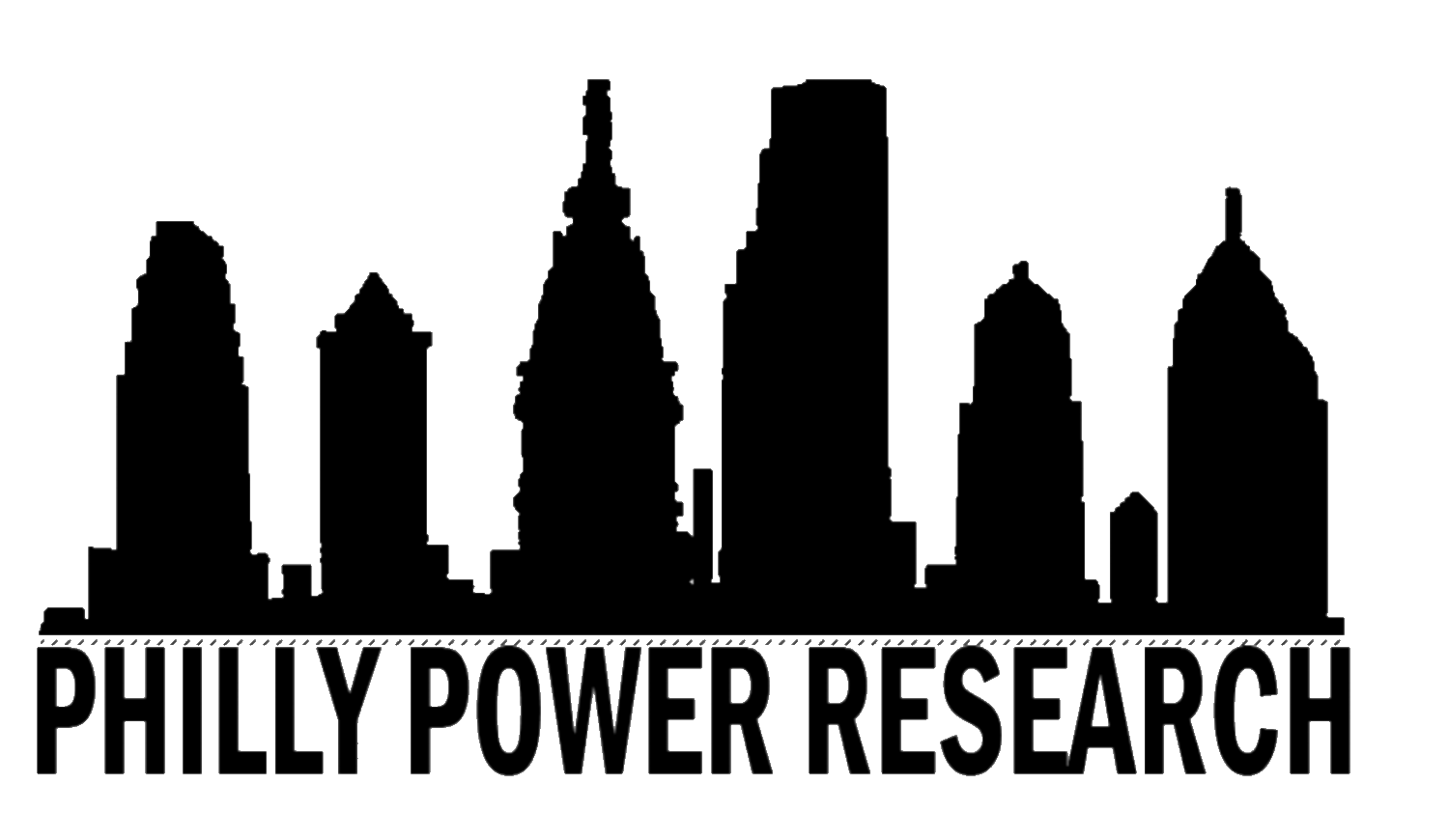The Abatements:
Tax Credits Move Cash from Schools to Center City
in the Name of Development
The 10-Year Tax Abatement has been both controversial and widely celebrated. Some say it’s the force behind the Center City development boom that’s been going on since the 2000s. Others say it’s an engine for gentrification and displacement.
In short, the abatement is a temporary tax cut that says anybody putting up new buildings or rehabbing property doesn’t have to pay property taxes for 10 Years. The idea is that it will motivate folks to build in Philly where they otherwise wouldn’t, due to high costs. This development has been largely limited to a few areas.
Quick overview of the abated properties thanks to http://endtheabatement.com
Abated Buildings, where investors and owners are profiting from the abatement’s tax breaks, tend to be concentrated in Center City, with clusters in Chestnut Hill, Mt. Airy, and Germantown, as well as gentrifying sections of the Northeast, South, and West.
The city and other fans of the abatement claim that this building benefits everybody—connecting Abatement-driven construction to expanded jobs and increased business for companies servicing new buildings and the people living or working in them.
The popular line of inquiry tends to focus the conversation on the backend of the Abatements process: Where’s the money going? On the quieter end of the discussion, some are asking a different question: Where is the money coming from?
And the answer to that is more simple: the city budget and, most controversially, public schools.
From Schools to Condos: School Money Lost to Center City Development
Our first report on the Abatement outlines the volume of money being moved from Public Schools to development concentrated in the wealthier areas of the city. We looked at options for limiting the abatement to 1) Properties valued under $500k and 2) Properties valued under $1 million.
“Based on 2018 certified property assessment data, there are 14,496 abated properties in the city. These properties are collectively valued at $12.4 billion with about $8 billion in tax-exempt value under the 10-year tax abatement program. If not for the tax abatement program, these properties would contribute $111 million to the General Fund, with 55% going directly to the School District of Philadelphia.”
“Under the first option, properties valued at $500,000 and above would have contributed $44 million to the School District. Under option 2, properties valued at $1,000,000 and above would have contributed $35 million to the School District.”
Toxic Tax Breaks: Tax Abatements v. Lead Abatements
Our second report looks at the highest-earning Abated Properties by council district. We compare profits from the Abatement to the repair costs for repairing schools and removing asbestos and lead from classrooms and school buildings.
“Council President Darrell Clarke had the District both with the highest number of properties with abatements (4,524)and the highest total value of lost taxes ($36M).
All Council Members representing areas of Center City (Clarke, Squilla and Johnson) had ranked highest for total number of abatements and amount of lost taxes. In these three Districts, $47.5 million went to developers instead of funding schools. In total, the School District lost out on $61 million in 2018 due to the 10-year tax abatement. With an average repair cost of $14M, the School District could have completely renovated 4 of the worst condition schools.”

